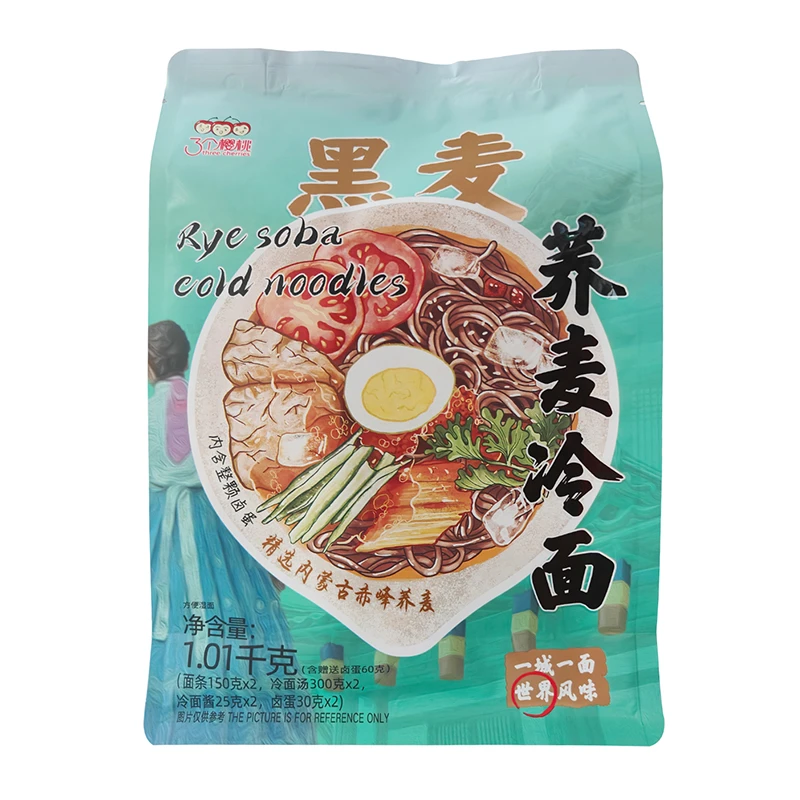can you use udon noodles for ramen
Can You Use Udon Noodles for Ramen? Exploring Noodle Types in Japanese Cuisine
Japanese cuisine is a delightful tapestry of flavors, textures, and ingredients, and its noodle dishes are a perfect testament to this complexity. Among the most renowned types of noodles are ramen and udon. While both are staples in Japanese diets and share a common origin in wheat, they are distinct in texture, flavor, and traditional uses. However, the question often arises can you use udon noodles as a substitute for ramen? To answer that, we need to delve into the characteristics of both noodle types and explore the implications of such a substitution.
Understanding Ramen and Udon
Ramen noodles are typically made from wheat flour, water, salt, and a special ingredient called kansui (alkaline mineral water), which gives them their unique texture and chewiness. Ramen noodles are thin and often curly, allowing them to absorb the rich flavors of the various broths they swim in. The texture is slightly firm yet tender, providing a delightful bite that is characteristic of a good ramen dish.
Udon, on the other hand, is a much thicker and chewier noodle, also made from wheat flour but without kansui. Udon noodles are usually straight and have a smooth, soft texture, making them perfect for hearty soups and stir-fry dishes. They are traditionally served in soup broth made from soy sauce, dashi, or miso, featuring various toppings like green onions, tempura, and mushrooms.
The Pros and Cons of Substituting Udon for Ramen
can you use udon noodles for ramen

Now, can you really use udon noodles in place of ramen? The answer is yes and no. It depends on what you are looking for in your dish.
Pros 1. Readily Available In many regions, udon noodles can be easier to find than ramen, particularly frozen or dried udon. If you’re in a pinch and craving noodles, udon can satisfy that need. 2. Unique Texture Udon noodles provide a different mouthfeel than ramen. If you enjoy the chewiness and density of udon, you might appreciate the texture it adds to your broth. 3. Versatility Udon noodles are versatile and can adapt to various flavors; they can complement soupy broths just as effectively as ramen can.
Cons 1. Flavor Absorption Ramen noodles have a unique flavor due to the inclusion of kansui, which enhances their taste profile and allows them to better absorb broth flavors. Udon noodles may not pick up the flavors as effectively, leading to a less rich experience. 2. Cooking Time and Method Ramen and udon have different cooking times and methods. Ramen often cooks faster, while udon may need more time to achieve the right texture. This could affect the final dish if not taken into account. 3. Expectation and Authenticity If you’re craving an authentic ramen experience, using udon may not fulfill that expectation. Traditionalists may argue that the two should never be substituted in respect for their culinary heritage.
Creating Fusion Dishes
Instead of viewing udon as a mere substitute for ramen, consider experimenting with fusion dishes. Combining these two types of noodles can lead to exciting new culinary experiences. For example, you could create a ramen-udon fusion dish where you combine the two noodles in a rich broth, garnished with typical ramen toppings like sliced pork, soft-boiled egg, and nori. This not only respects the traditions of both noodles but also allows for creative expression in the kitchen.
In conclusion, while udon noodles can technically be used in place of ramen, the experience will differ significantly. If your goal is to replicate the authentic taste and texture of a classic ramen dish, sticking to traditional ramen noodles is the way to go. However, if you’re feeling adventurous and want to try something new, don’t hesitate to incorporate udon noodles into your culinary creations. After all, the joy of cooking lies in experimentation and discovering new flavors, whether they adhere strictly to tradition or veer into delightful fusions.
-
Unleash Your Inner Chef with Delectable Italian Pasta CreationsNewsAug.01,2025
-
Savor Health and Flavor: Irresistible Soba Noodles for Sale Await!NewsAug.01,2025
-
Nourish Your Body with Premium Organic Ramen - A Culinary Delight AwaitsNewsAug.01,2025
-
Elevate Your Dishes with Our Exquisite Kinds of Egg NoodlesNewsAug.01,2025
-
Dive into Flavorful Convenience with Our Ramen OfferingsNewsAug.01,2025
-
Discover Exquisite Types of Naengmyeon and Chilled Soba NoodlesNewsAug.01,2025
-
Is Whole Wheat Pasta Healthy?NewsMay.30,2025
Browse qua the following product new the we

















































































































